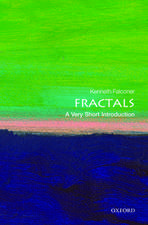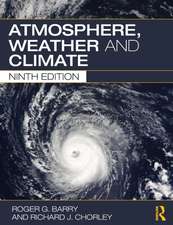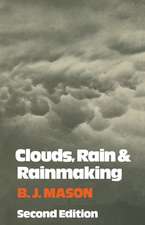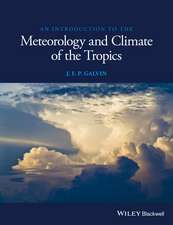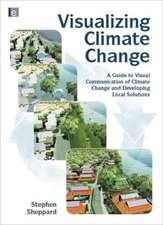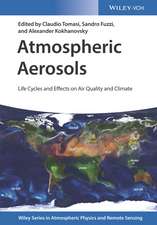The Essence of Chaos
Autor Edward N. Lorenzen Limba Engleză Paperback – 30 sep 1995
Unlike the phenomena dealt with in relativity theory and quantum mechanics, systems that are now described as "chaotic" can be observed without telescopes or microscopes. They range from the simplest happenings, such as the falling of a leaf, to the most complex processes, like the fluctuations of climate. Each process that qualifies, however, has certain quantifiable characteristics: how it unfolds depends very sensitively upon its present state, so that, even though it is not random, it seems to be. Lorenz uses examples from everyday life, and simple calculations, to show how the essential nature of chaotic systems can be understood. In order to expedite this task, he has constructed a mathematical model of a board sliding down a ski slope as his primary illustrative example. With this model as his base, he explains various chaotic phenomena, including some associated concepts such as strange attractors and bifurcations.
As a meteorologist, Lorenz initially became interested in the field of chaos because of its implications for weather forecasting. In a chapter ranging through the history of weather prediction and meteorology to a brief picture of our current understanding of climate, he introduces many of the researchers who conceived the experiments and theories, and he describes his own initial encounter with chaos.
A further discussion invites readers to make their own chaos. Still others debate the nature of randomness and its relationship to chaotic systems, and describe three related fields of scientific thought: nonlinearity, complexity, and fractality. Appendixes present the first publication of Lorenz's seminal paper "Does the Flap of a Butterfly's Wing in Brazil Set Off a Tornado in Texas?"; the mathematical equations from which the copious illustrations were derived; and a glossary.
Preț: 214.25 lei
Nou
Puncte Express: 321
Preț estimativ în valută:
41.01€ • 44.56$ • 34.47£
41.01€ • 44.56$ • 34.47£
Carte disponibilă
Livrare economică 01-15 aprilie
Preluare comenzi: 021 569.72.76
Specificații
ISBN-13: 9780295975146
ISBN-10: 0295975148
Pagini: 240
Dimensiuni: 150 x 250 x 15 mm
Greutate: 0.35 kg
Ediția:Reprint
Editura: MV – University of Washington Press
ISBN-10: 0295975148
Pagini: 240
Dimensiuni: 150 x 250 x 15 mm
Greutate: 0.35 kg
Ediția:Reprint
Editura: MV – University of Washington Press
Textul de pe ultima copertă
'For the personal glimpses of chaos theory development alone, this book is worth-while; for a clear, sharp development of the subject, the book is excellent; and for tying humanistic and scientific considerations together so well, there is a major debt owed to Lorenz.'--Geophysics
Notă biografică
Edward N. Lorenz


